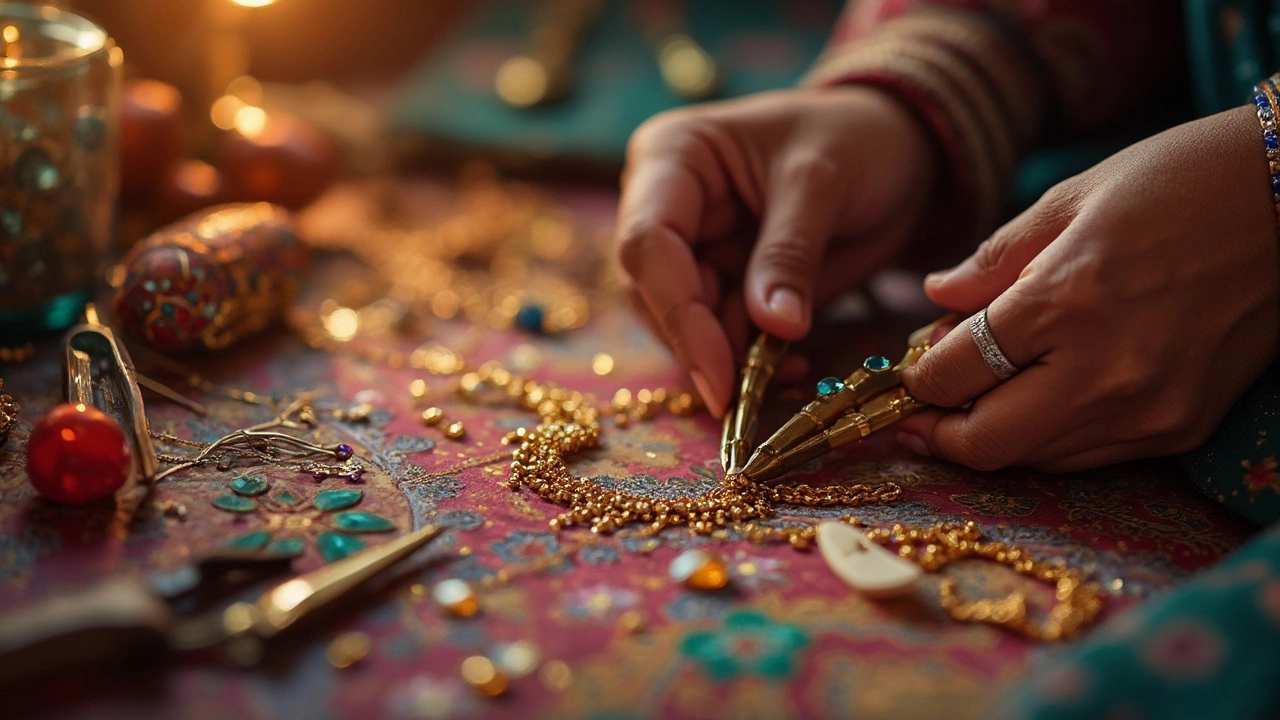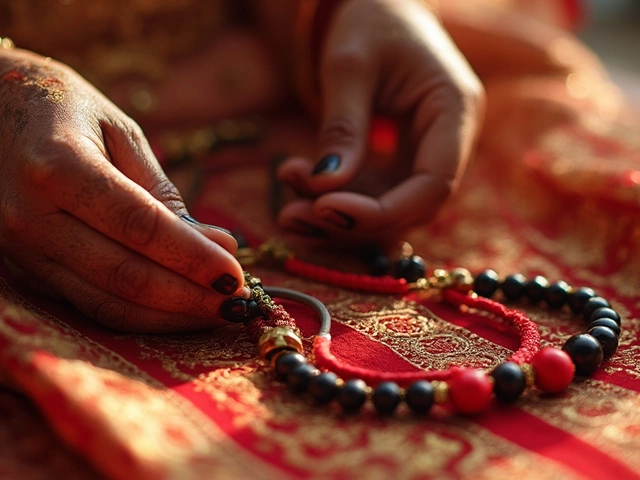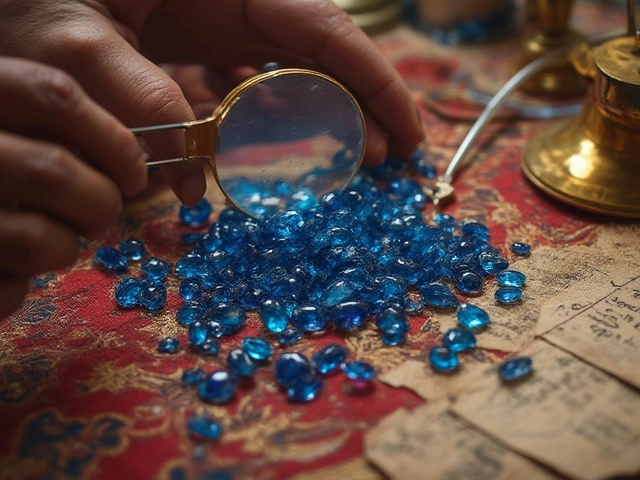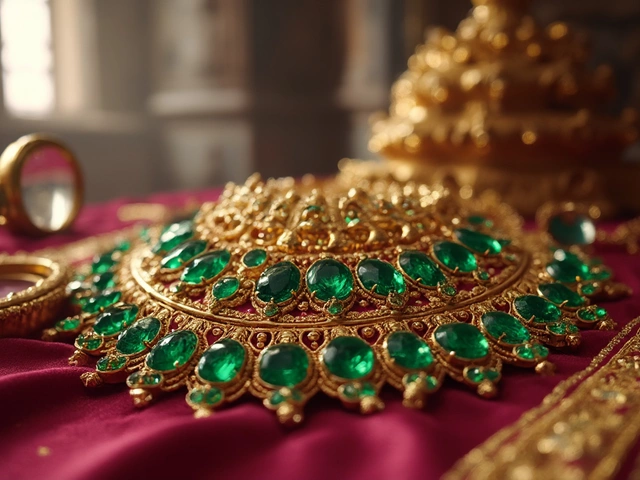Jump Rings: What They Are and Why You Need Them
If you’ve ever tried to make a necklace, bracelet, or even a simple charm, you’ve probably heard of jump rings. They’re tiny metal loops that connect pieces of jewelry together. Think of them as the invisible glue that lets a pendant hang from a chain or a clasp close a bracelet.
Jump rings come in all shapes, sizes, and metals – from thin sterling silver loops for delicate earrings to thick gold rings for heavy bangles. The right ring makes a huge difference: the wrong size can look sloppy, and the wrong metal can cause allergic reactions.
How to Pick the Right Jump Ring
First, check the gauge. The gauge tells you how thick the wire is; a lower number means a thicker ring. For light pieces like earrings, a 20‑22 gauge works fine. For sturdy items like cufflinks, go for 12‑14 gauge.
Next, look at the inside diameter (ID). The ID should be just a little larger than the component you’re attaching. Measure the bead, pendant, or clasp with a ruler, then choose a ring whose ID is about 0.5‑1 mm bigger. This gives a snug fit without forcing the ring open.
Material matters too. Sterling silver is budget‑friendly and hypoallergenic, while 22‑carat gold adds luxury and durability. Some makers prefer stainless steel because it won’t tarnish and is tough on the hands.
Opening and Closing Jump Rings Made Easy
The biggest headache with jump rings is opening them without flattening or breaking the metal. A dedicated jump ring opener is a game‑changer. It’s a small handheld tool with two flat tips that let you twist the ring open without pulling it apart.
If you don’t have an opener, a pair of flat‑nosed needle‑nose pliers works in a pinch. Place the tips on opposite sides of the ring and gently twist. Never pull the ring straight apart; that creates a weak spot and can lead to breakage later.
When closing, line the ends up so the join is neat and the solder isn’t visible. Give the ring a tiny twist with the opener or pliers – you’ll feel a slight resistance, which means it’s snug. If the ring feels loose, you probably chose the wrong size.
In the RH Jewellers India catalog you’ll find jump rings in gold, silver, and brass, all stamped with BIS hallmark for purity. Buying from a reputable source guarantees consistent size, smooth edges, and reliable metal quality.
Lastly, store your rings in a small zip‑lock bag or a dedicated jewelry box compartment. This prevents scratches and keeps them from getting tangled with other tools.
With the right jump rings and a simple opener, you can assemble professional‑looking jewelry in minutes. So next time you start a DIY project, grab a set of rings that match your metal choice, check the gauge and diameter, and watch your creations come together effortlessly.
Best Tools to Open and Close Jump Rings Easily
Opening and closing jump rings might seem fiddly, but with the right tools, it can become an effortless task. This article explores the best tools to use, from pliers to specialty openers, providing practical tips for both beginners and seasoned jewelry makers. Understanding which tools suit different projects can make your jewelry crafting smoother and more enjoyable. Learn how to handle jump rings like a pro and create stunning pieces with ease.





